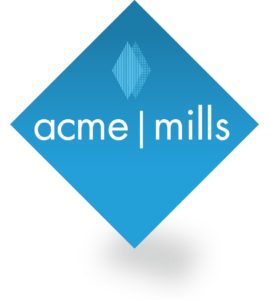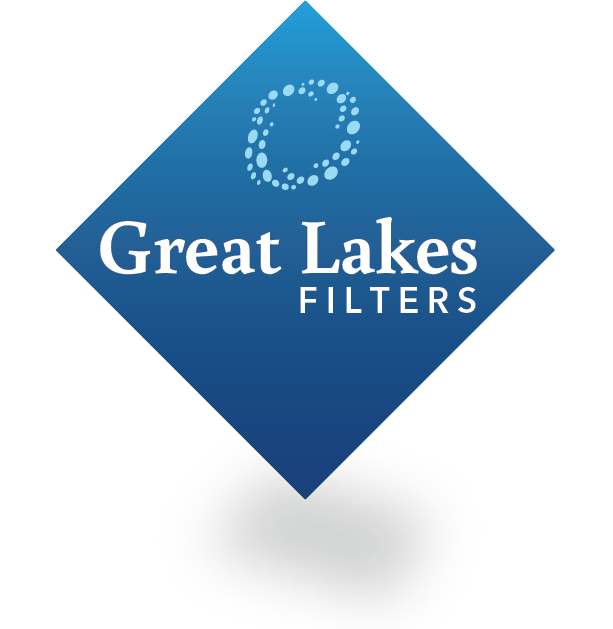About Acme Group
The Acme Group has management oversight of each division providing market driven expertise for fabric and filtration solutions, financial procurement and operational efficiency.
Over 100 Years of Experience
Over the last 100 years, the Acme Group has expanded into complimentary areas of the business that focus on creating innovative fabric and filtration products for industrial and commercial customers.
Industry News
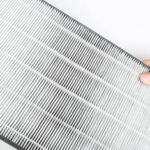
Great Lakes Filters: Enhancing Liquid-Solid Separation with Advanced Filter Solutions
Filters play a crucial role in separating liquid-solid or gas-solid mixtures across ...
Read More
Read More
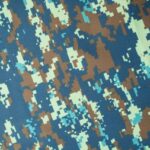
Acme Mills: Advancing Military Textiles Through History
As outlined in the article "Military Textiles: Features, Characteristics and Materials," military ...
Read More
Read More
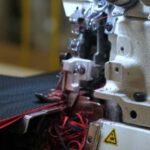
Acme Mills: Revolutionizing Textiles’ Impact on Industrial Progress
Acme Mills: Revolutionizing Textiles' Impact on Industrial Progress As discussed in the ...
Read More
Read More



